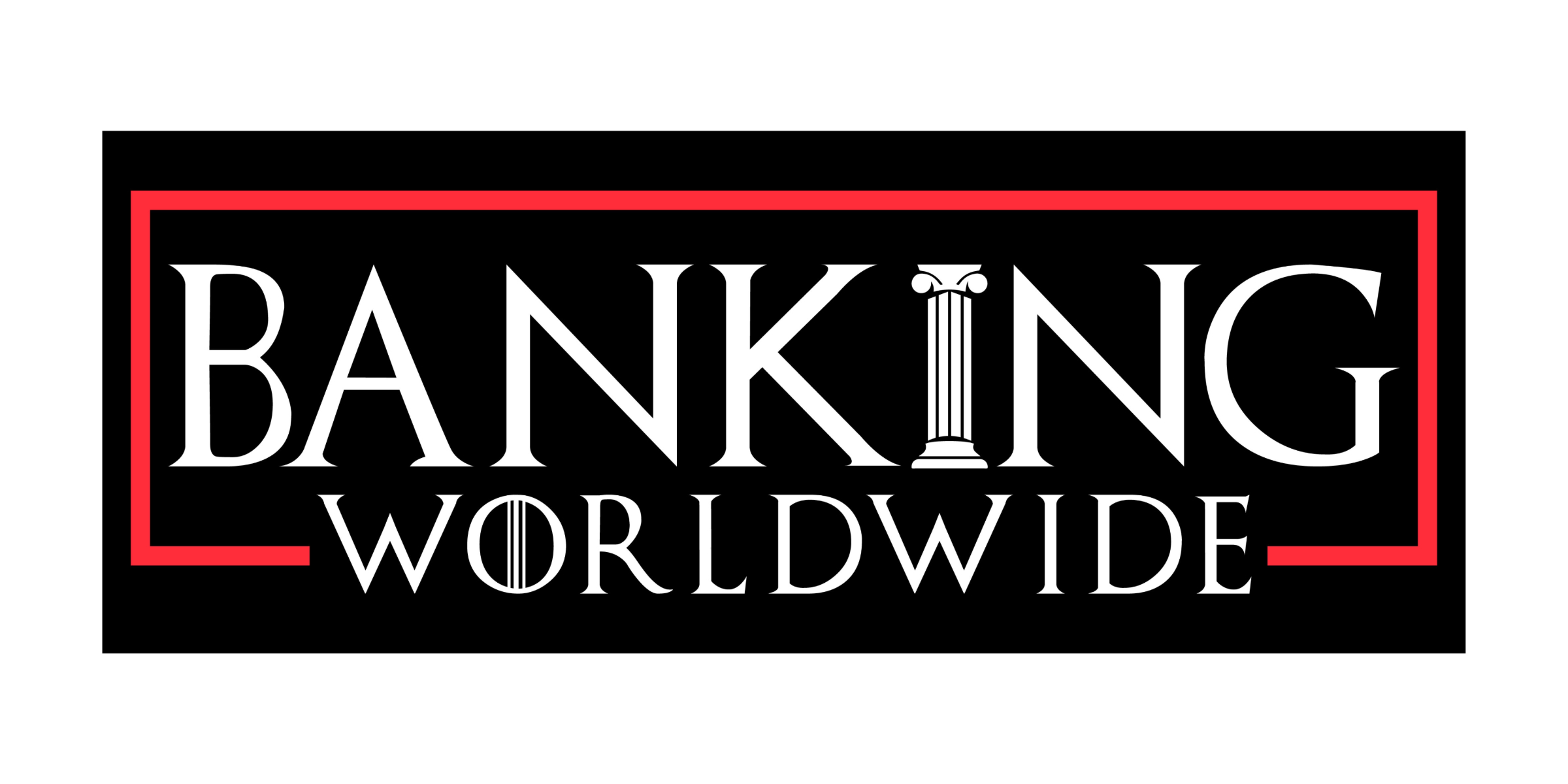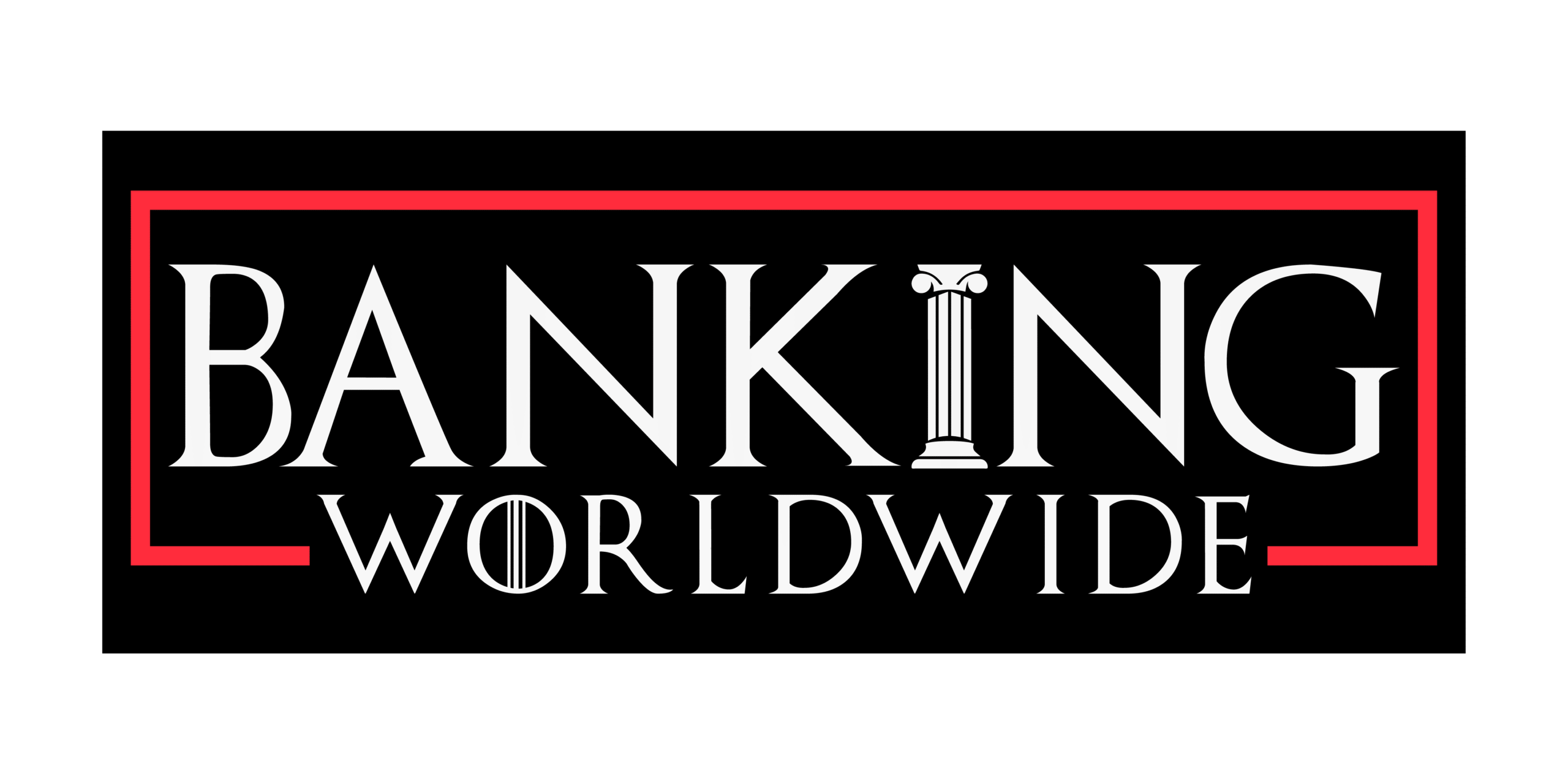Basel III is a landmark regulatory framework designed to enhance the resilience of the global banking system. By setting stricter capital, liquidity, and leverage standards, it aims to reduce the risk of financial crises and promote long-term stability across international markets.
Introduced in response to the 2008 financial crisis, Basel III was developed by the Basel Committee on Banking Supervision (BCBS). Its goal is simple yet vital — to ensure banks hold enough high-quality capital to withstand economic shocks and remain solvent during periods of stress.
Key Components of Basel III
- Capital Requirements: Banks must maintain a minimum Common Equity Tier 1 (CET1) ratio of 4.5% of risk-weighted assets, plus additional buffers.
- Leverage Ratio: Introduces a non-risk-based leverage ratio to limit excessive borrowing and balance sheet expansion.
- Liquidity Coverage Ratio (LCR): Ensures banks hold enough liquid assets to survive a 30-day financial stress scenario.
- Net Stable Funding Ratio (NSFR): Encourages stable long-term funding relative to the liquidity profile of assets.
Global Implementation
While Basel III is an international standard, implementation varies by region. The U.S., U.K., and European Union have tailored the framework to fit local markets, while emerging economies have adopted it gradually. The Basel Committee continues to refine the framework with Basel IV updates, emphasizing transparency and risk management.
Impact on Global Banking
Basel III has reshaped how banks approach lending, liquidity, and capital planning. It has made institutions more resilient but also limited risk-taking in some areas. Investors and regulators alike view compliance as a key signal of financial health and discipline.
The Road Ahead
As technology, digital assets, and ESG priorities evolve, Basel III will continue to adapt. The integration of sustainability metrics and cyber-risk considerations is expected to play a major role in the next regulatory cycle.
For a deeper understanding of how these global standards shape modern finance, explore our article on
regulation and global stability in modern banking
,
and visit the
Banking Worldwide pillar page
for broader insights.
Source: Basel Committee on Banking Supervision (BCBS), Bank for International Settlements, 2025.





